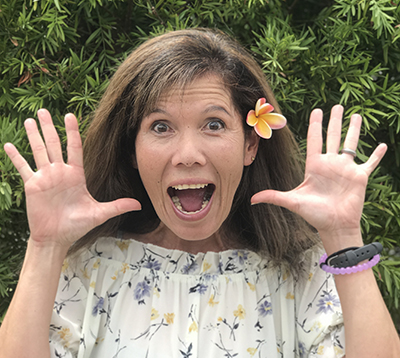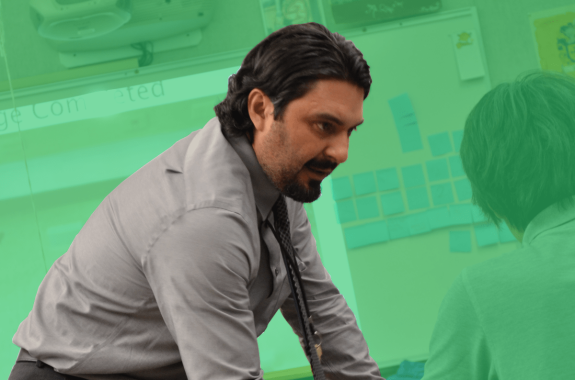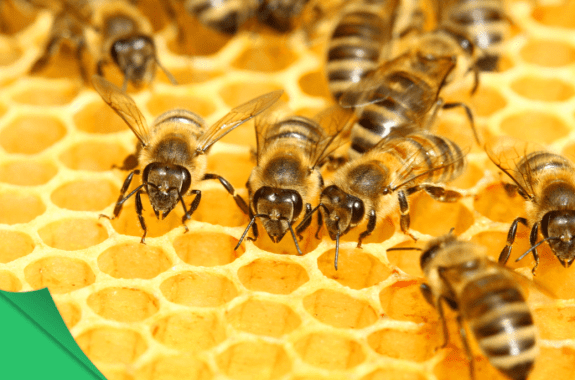

Stacy George is a STEM teacher for grades three through five at Mauka Lani Elementary School in Hawaii. She’s been teaching for more than 25 years and believes that getting messy is an important part of learning about science. It’s no surprise to see Stacy and her students digging in soil for worms and bugs, or collecting water from local streams and ponds to test its quality.
After earning bachelor’s and master’s degrees in education from the University of Hawaii, Stacy received her doctorate in curriculum studies, with an interest in place-based education (a method that immerses students in their local environment), also from the University of Hawaii.
Some of Stacy’s favorite place-based classroom projects have included surveying and mapping historical and personal points of interest in the community; creating an oral history book based on interviews that students did with local citizens (her class donated it to the school library); tending a campus garden to study local crops and their pollinators; and building an aquaponic system, inspired by a class trip to a nearby watercress farm and a lesson on ancient Egyptian irrigation systems.
Once school is done for the day, Stacy enjoys taking sunset hikes with her husband and dog. She also loves curling up with her cats and burying into a novel entailing lots of action and imagination.
16:53
Back-To-School Lessons From Science Friday’s Educator Collaborative
Seven innovative science teachers have turned Science Friday stories into lessons you can use in the classroom and at home.
Why Are Honeycomb Cells Hexagonal?
Honeybees make the cells of their hives in the shape of hexagons, but why?

